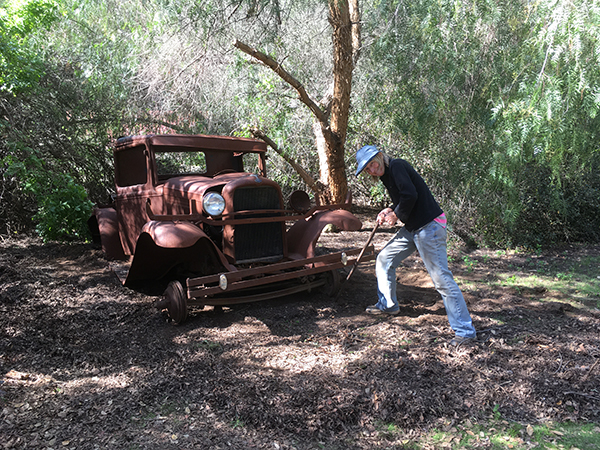Are you coming from or going on a trip? Either way it can be viewed from a positive lens. During the preparations for an adventure, we look forward to it with anticipation. Our minds conjure up what it might be like and how much fun it could be. We imagine and plan for activities in new settings, our thoughts running wild. This anticipation can certainly bring us joy.
And then it’s time to embark! Fresh sights to see, new things to do, local cuisines to savor… fill our days with vivid experiences. We explore unique areas with a sense of wonder, perhaps gaining new insights to old issues. Hopefully our travels go smoothly, but, if not, we can at least view them not so negatively if things somehow turn out all right in the end. Fantastic, or not so great, we add them to our memory banks.

Coming home can be just as wonderful. No matter how fabulous the trip has been, I always feel grateful getting home. And this feeling can last a good long while. Even weeks later it can still hit me: There’s no place like home and no place I’d rather live.
In early June a friend and I took a vacation together up to the western Sierras. We hiked beautiful new trails, drove through stunning national parks, had meaningful conversations, and checked out a local health food store. We had a great time, and yet I was still happy to get home and appreciated it much more than if I hadn’t gone at all. Our adventure truly was a win/win/win.
It seems to me now, as it does from time to time, how each of us is a slightly different person depending on who we are with. I would not have been the same if I’d traveled with my husband, or my sister, or my kids or grandchildren. Each relationship is unique and I try to be my best authentic self in each of these roles. But, being human, I can only give it my best shot.
Even if we could be exactly the same self to every person, they would not perceive us the same as anyone else does. Their personality changes slightly with different individuals as well. Each of us has varying experiences as well as different ways of experiencing things. We can’t always predict how things are going to go.
As I travel through life and go through new adventures (both inner and outer) I can gain new perspectives while continuing to renew my spirit. Maintaining a freshness of appreciation is definitely worth the effort. The journey forward, however, is seldom linear. It’s usually circular. What goes around comes around, you know? The best I can hope for is that by the time each thing comes back around again I’ll be better able to handle it. Or embrace and revel in it—appreciating what really is.
So, whether we’re coming or going, may each of us remember how special life is and, if nothing else, we can at least rack it up to experience. Happy travels!
Chi Varnado has four recently published books. The Old House in the Country, women’s fiction; and three YA novels in The Dance Centre Presents series. Her memoir, A CANYON TRILOGY: Life Before, During and After the Cedar Fire, and her children’s book, The Tale of Broken Tail, are also available on www.amazon.com. Her collection of essays, Quail Mutterings, can be found on www.chivarnado.com or www.dancecentrepresents.com. You can follow her on Instagram or on www.Facebook.com/dancecentrepresents.


